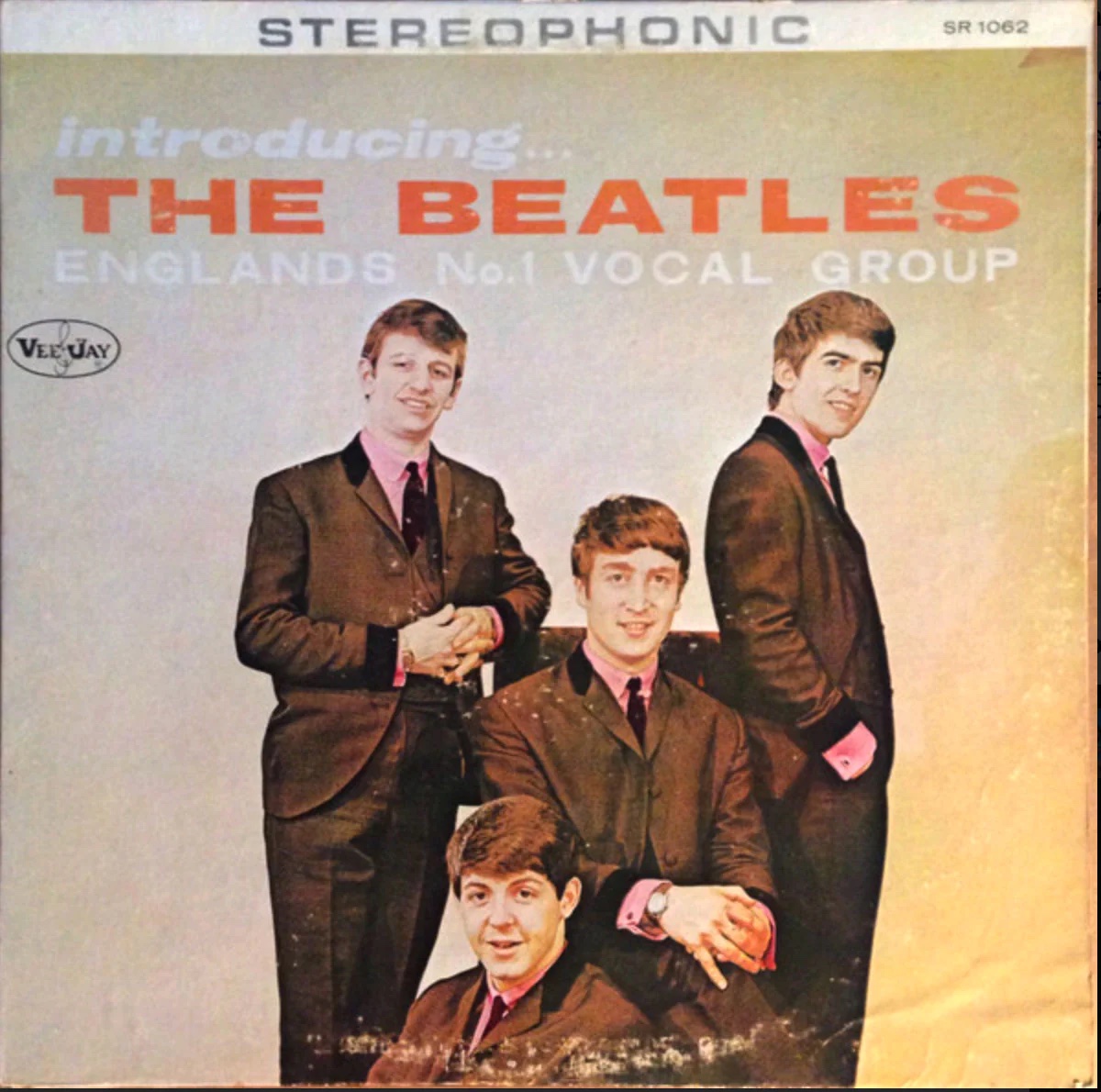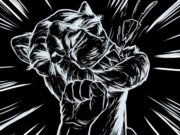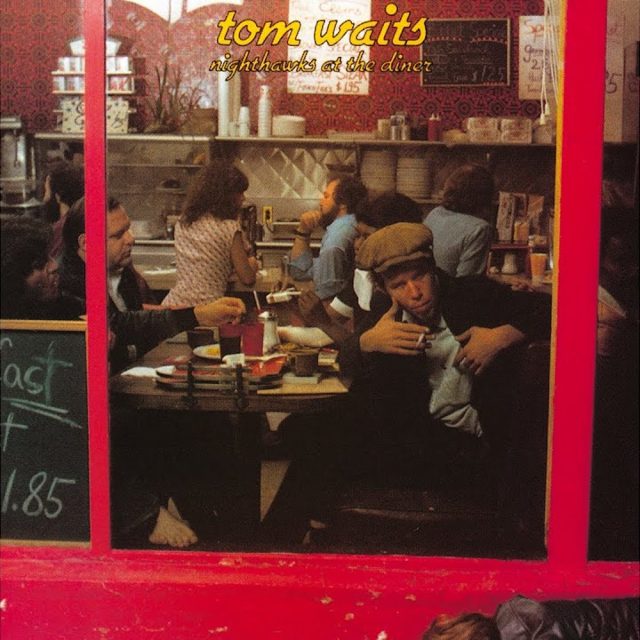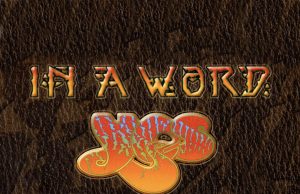 Collecting records is sometimes a little like playing one of those “spot the difference” puzzles. Various pressings of albums can vary greatly or subtly depending on when and where they were made.
Collecting records is sometimes a little like playing one of those “spot the difference” puzzles. Various pressings of albums can vary greatly or subtly depending on when and where they were made.
Manufacturers can alter the artwork due to content complaints, in an effort to save money, or for unknown reasons. I’ve got a few of these in my collection I thought I’d examine for y’all.
I got on to this idea after recently acquiring two different pressings of Tom Waits’ 1975 album Nighthawks At The Diner. The older one shows artist Cal Schenkel’s rendering of Waits sitting in an all-night diner, seen from outside looking in through the window. My newer pressing is not quite as tight a crop of the artwork, revealing someone sleeping on the sidewalk below the window.
Seems weird that the older pressing shows less of the artwork than the latter pressings, because it’s exactly the opposite with The Beatles’ Abbey Road. Pressings after 1970 are a tighter crop of the famous crosswalk scene. Earlier pressings (except the Canadian ones) show the top of a storm sewer in the pavement, just below John and Ringo’s feet. There are two variants of the first U.K. pressing — one has a little less sky and a little less sewer. The second pressing has no sewer at all. The U.K. first pressing doesn’t include Her Majesty on the back cover, nor on the label. The second pressing, in 1971, has Her Majesty on the label but not the back cover.
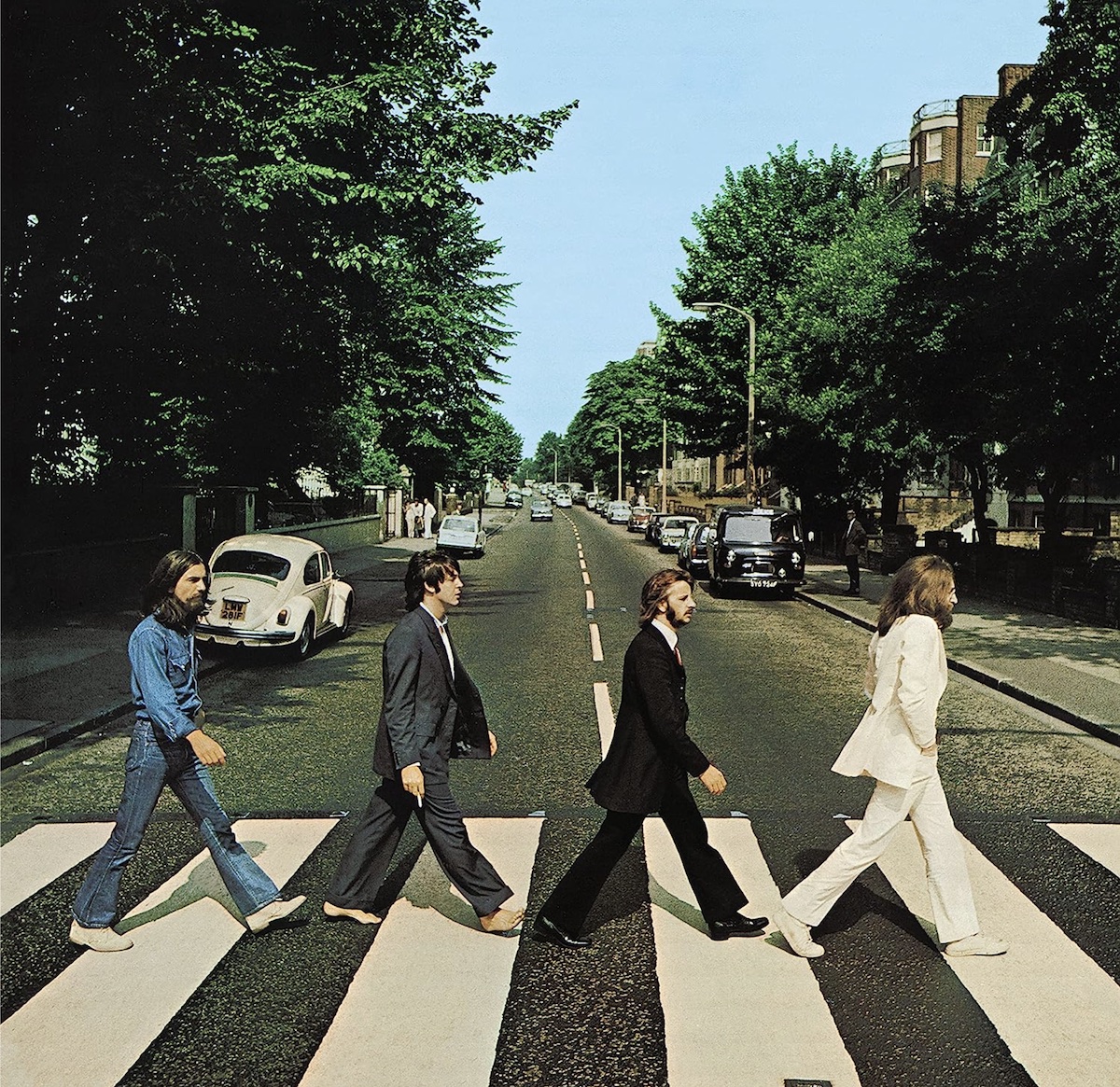
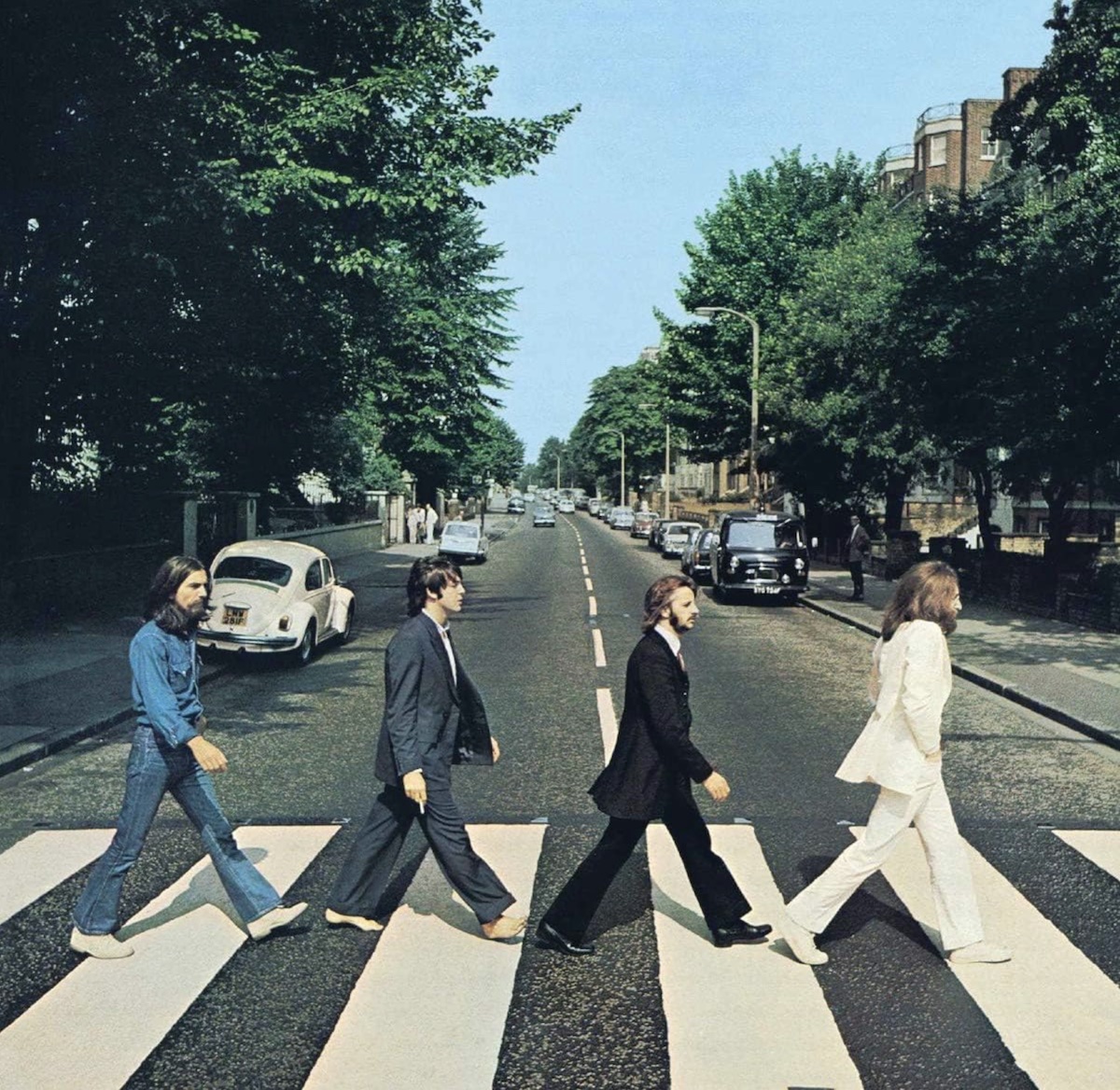
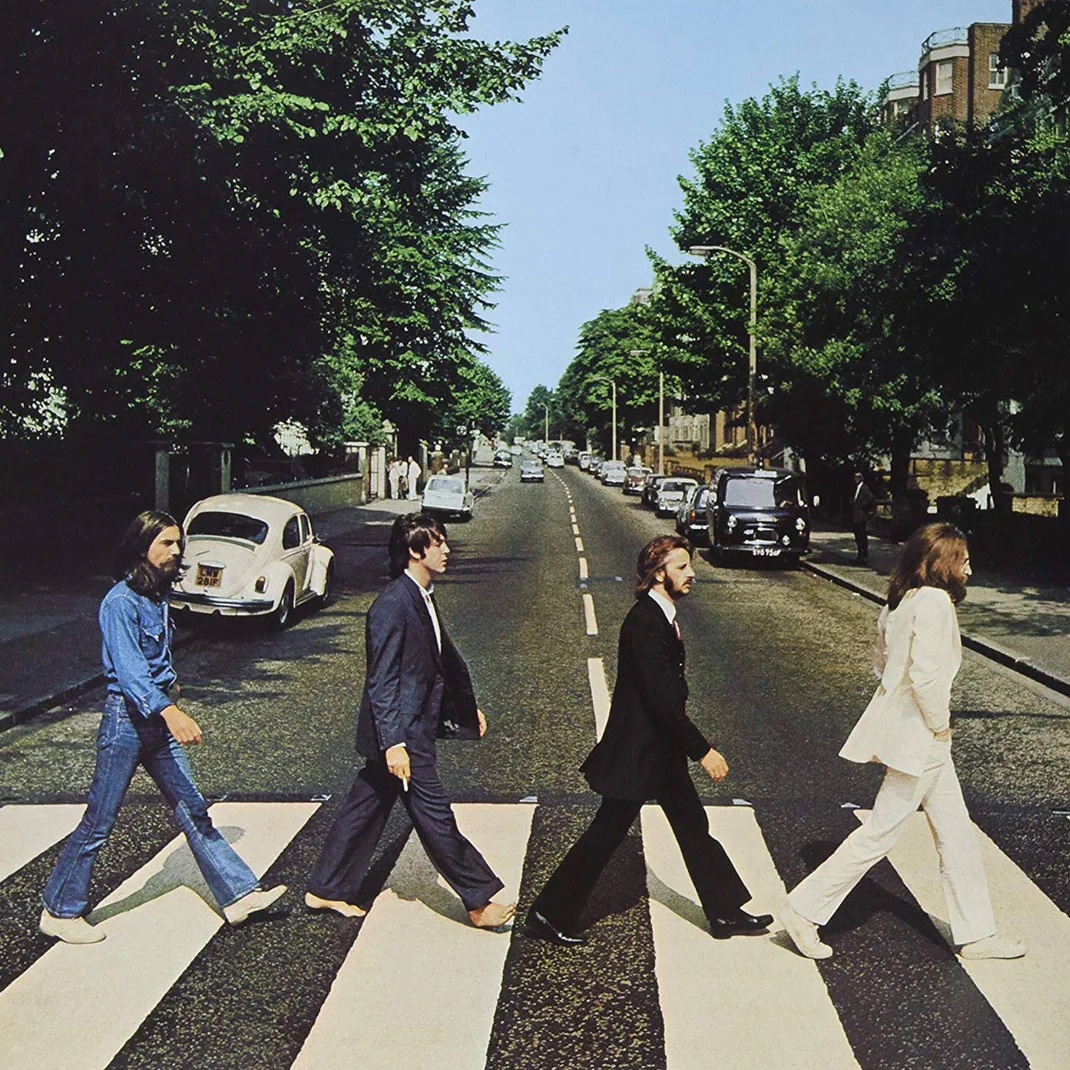
Another famous cover to play spot the difference with is Wish You Were Here by Pink Floyd. Ronnie Rondell Jr. and Danny Rogers are the two men shaking hands on the cover, shot at Warner Brothers Burbank studios. Rondell Jr. was a stuntman, and thus is the man on the right who was set on fire before Hipgnosis photographer Aubrey Powell got as many shots as he could before his subject’s mustache ignited.
There seems to be around six workable images, two of which were chosen for the cover. So here’s the “spot the difference” part — the U.K. version was shot using 35mm film and the US one with 120 slide film. The U.S. cover has the man on fire standing upright with considerably more flame than the U.K. version, where the burning man is leaning forward slightly. The U.S. cover photo was taken earlier than the U.K. one.
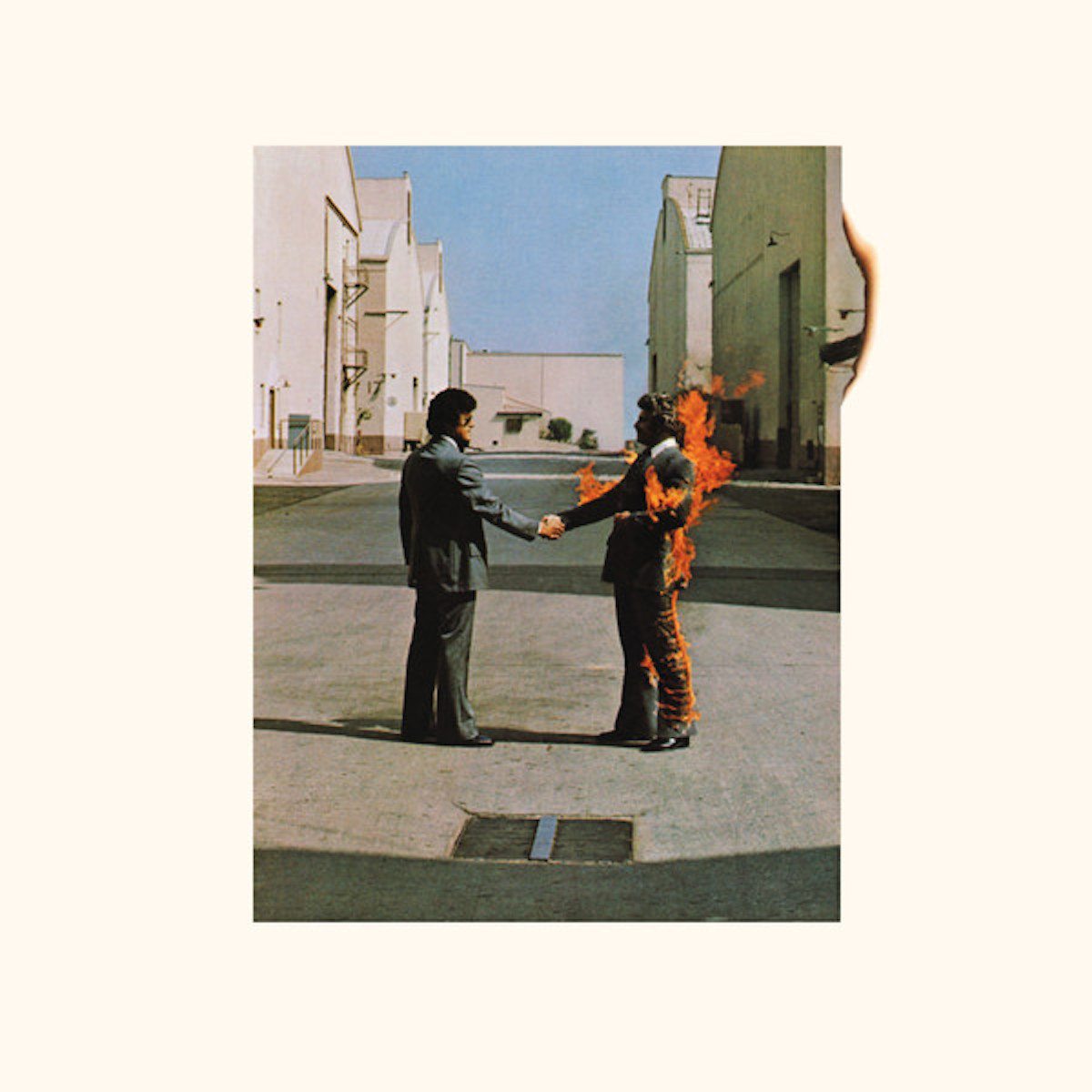
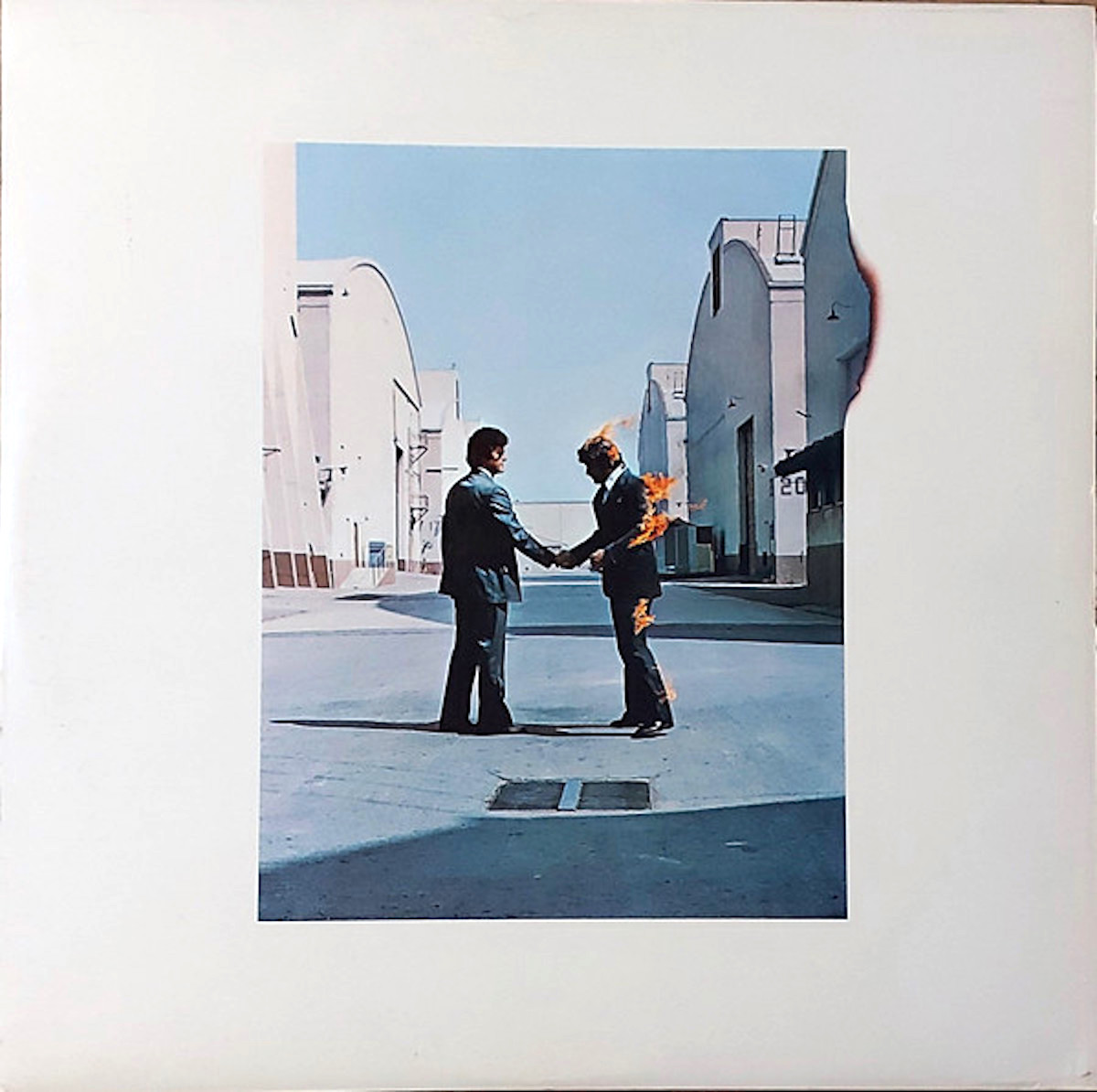
There are loads of albums which have cover art variances due to censorship — for example, they airbrushed out Alice Cooper’s arm on the cover photo of Love It To Death because his thumb looked like a penis sticking out of his pants. Some David Bowie artwork also had a similar operation. Diamond Dogs features a curious beast which has the head of Bowie and the body of a large dog. If you flip the album over, or open the gatefold, you see the entire creature — including its bits, which was airbrushed out on later pressings to make The Thin White Duke look more like Marmaduke (no genitals).
Apparently peni are offensive, but so are toilets. The cover of If You Can Believe Your Eyes And Ears by The Mamas And The Papas has a famous photo of the vocal group crammed into a bathtub together. The tub is next to — gasp!! — a toilet, which was deemed offensive and was later covered by a text box similar to a hype sticker.
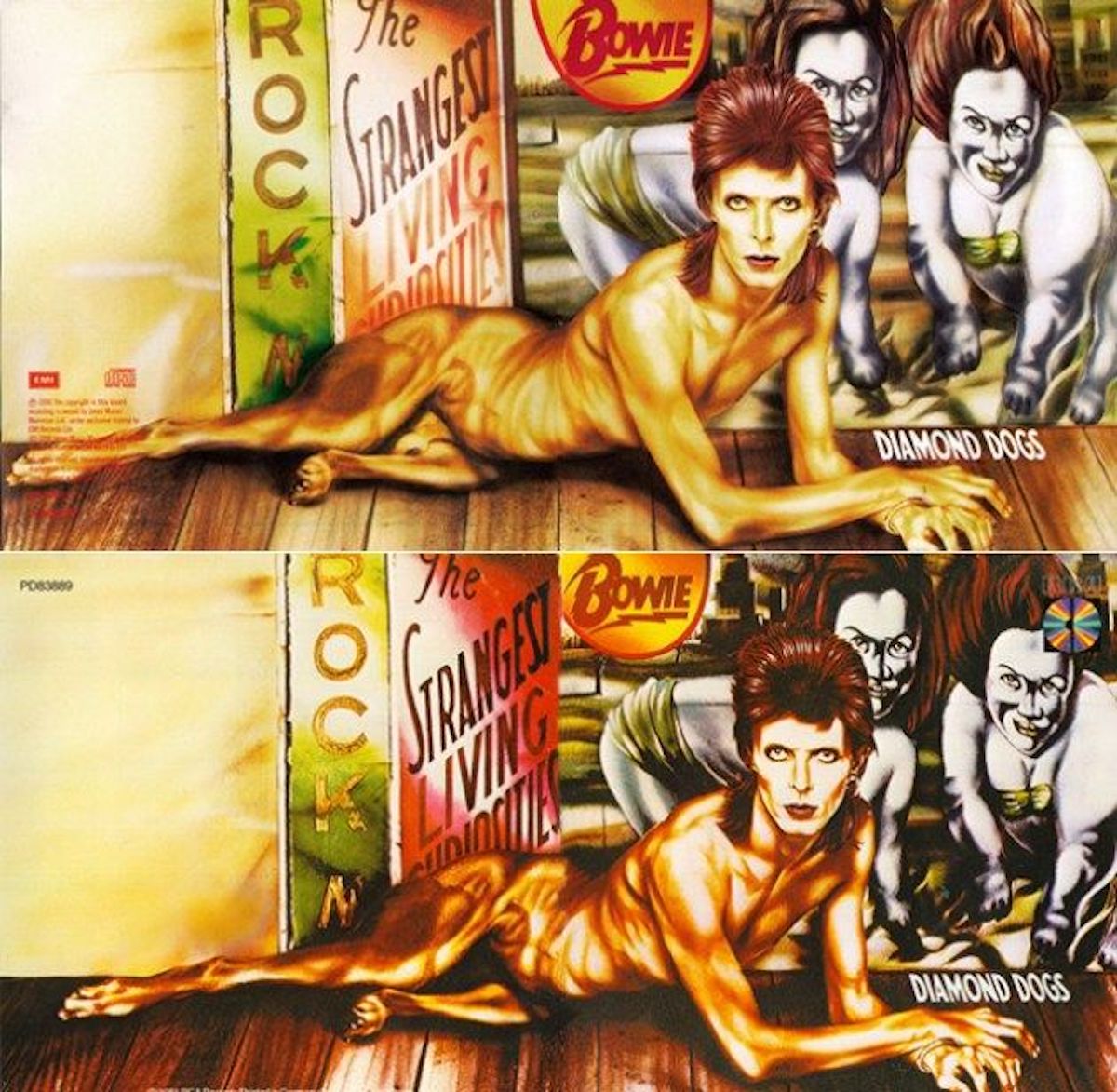
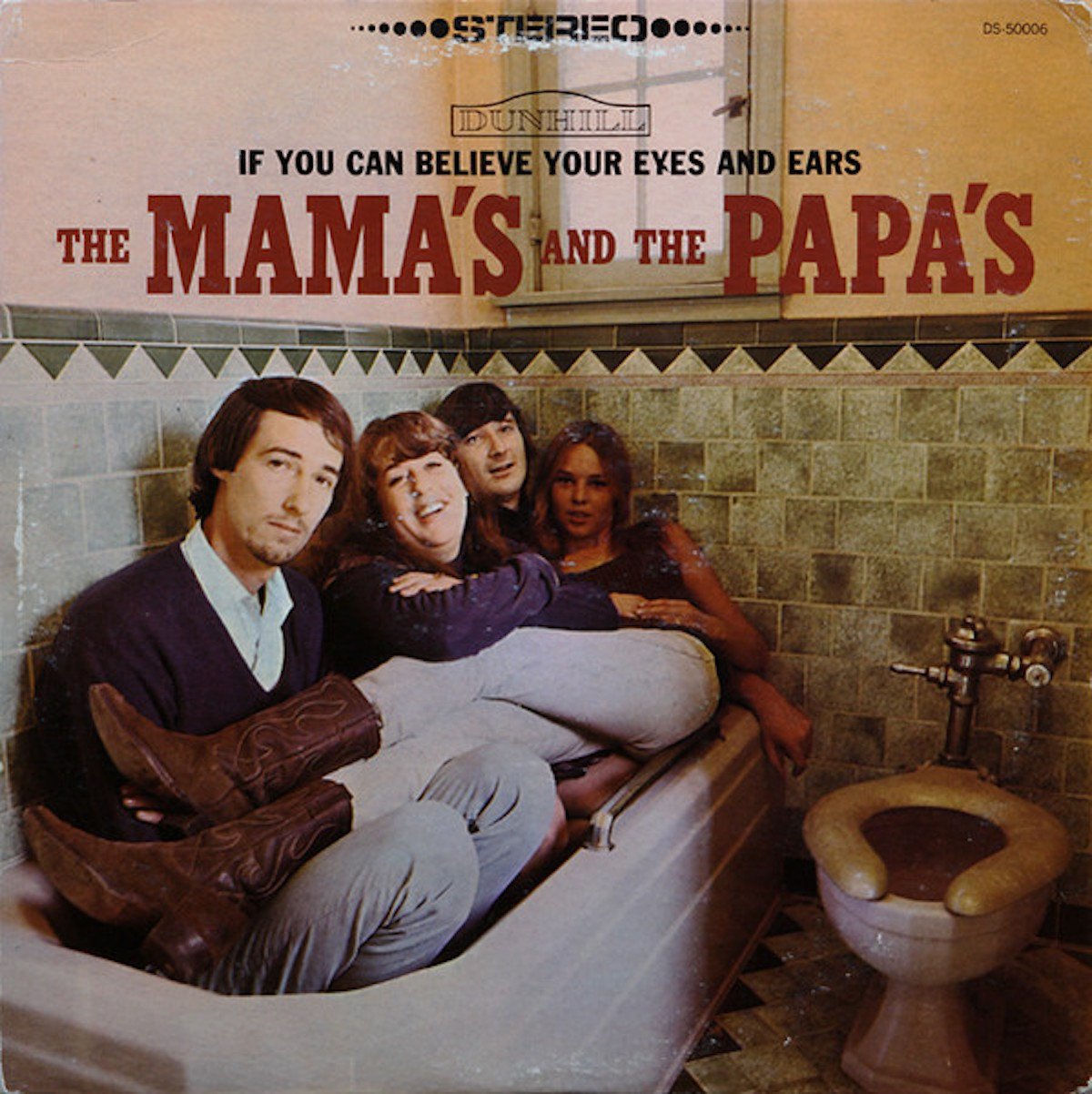
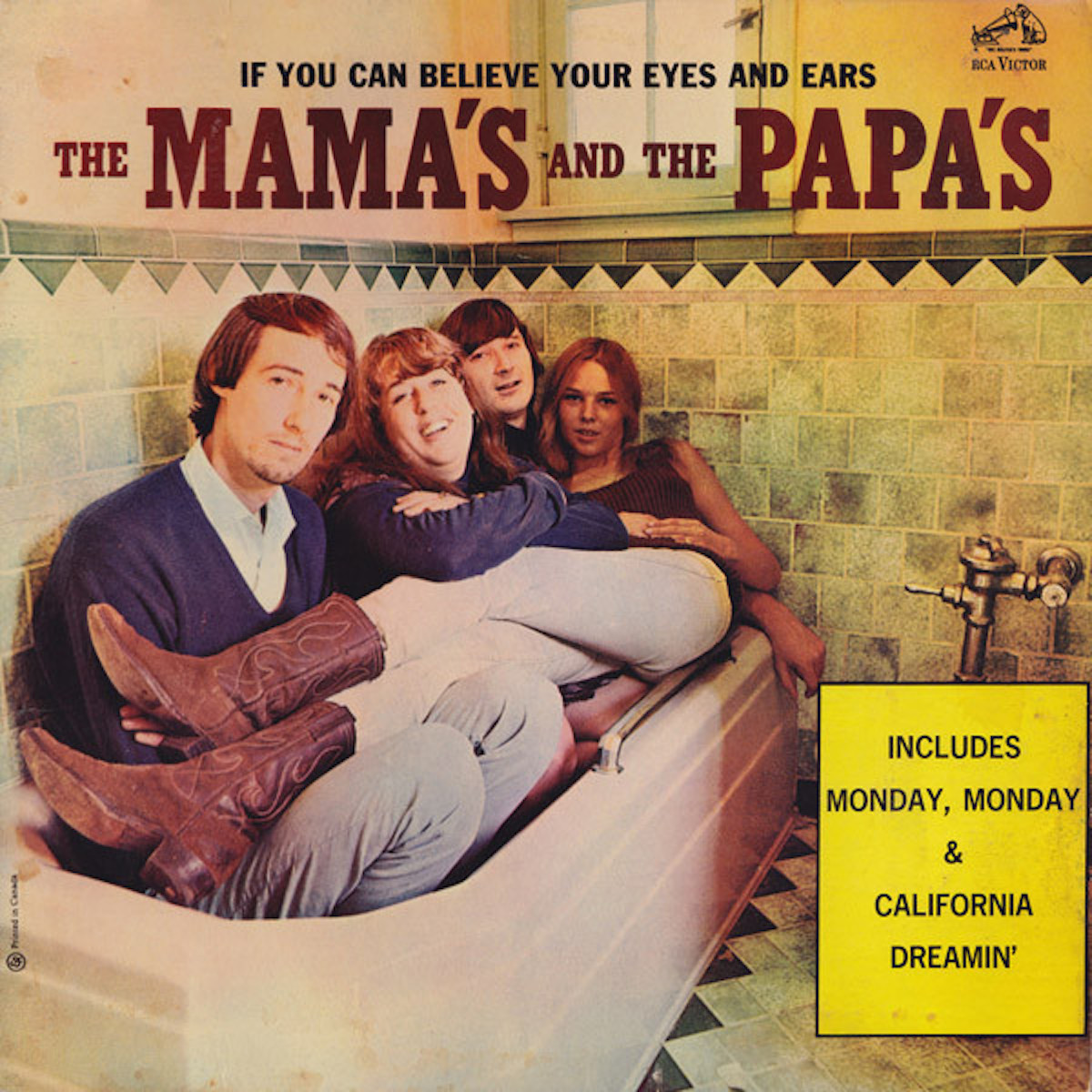
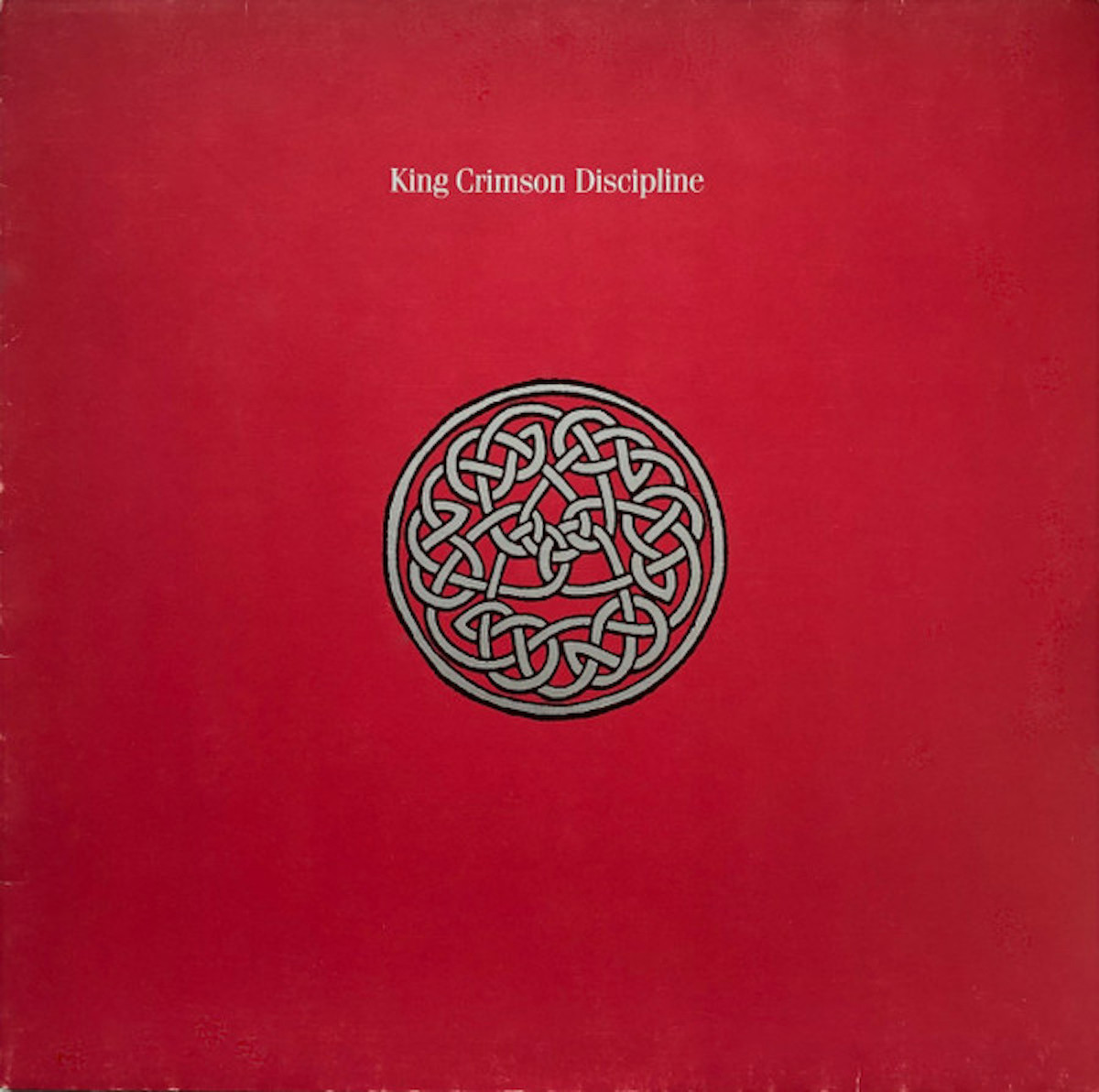
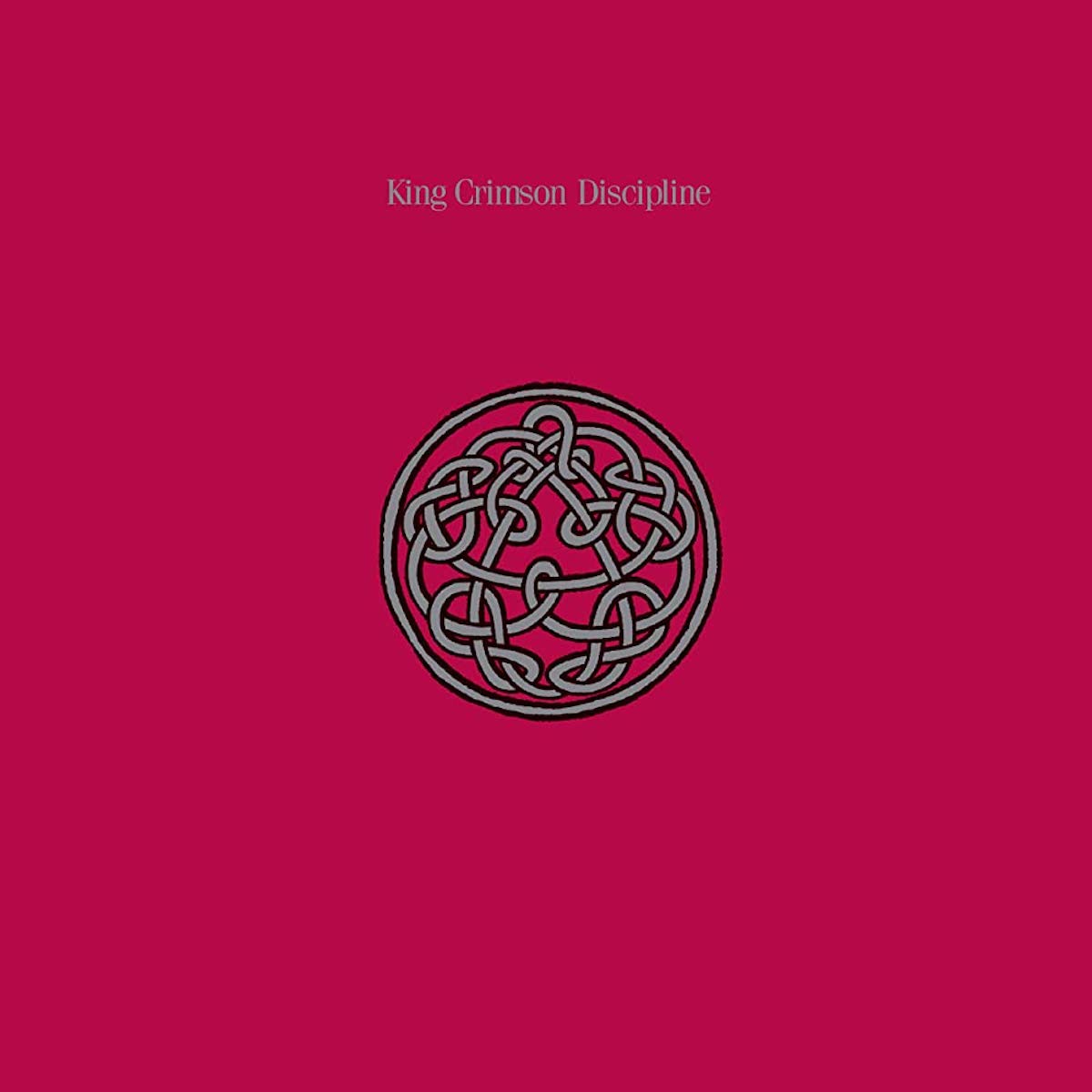
Another album with fun-to-compare covers is Discipline by King Crimson. The original 1981 album features a red cover with a Celtic knot design by artist George Bain. But, permission was not obtained to use the image, so it was replaced with a different knot design on later pressings.
Finally, we’ll go back to The Beatles for another well-known one. The first Beatles album to appear in the U.S. was not Meet The Beatles (Capitol), it was Introducing… The Beatles on Vee-Jay Records, which was released 10 days earlier. It is one of the most counterfeited albums of all time. The best way to pick out the real one is to look for George Harrison’s shadow. Like the groundhog, if George has a shadow it means six more weeks of winter — and the record is likely legitimate. All the no-shadow ones are fake. Also, on the real ones, you can actually read the time on Lennon’s wristwatch, but not on the counterfeit covers. And, if your version says it’s in stereo or “stereophonic” — it’s fake.
Thanks for playing!
• • •
Area Resident is an Ottawa-based journalist, recording artist, music collector and re-seller. Hear (and buy) his music on Bandcamp, email him HERE, follow him on Instagram and check him out on Discogs.
